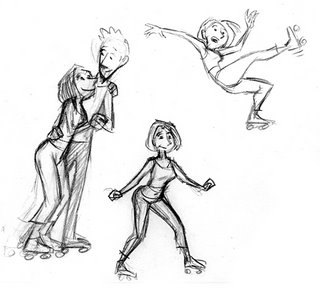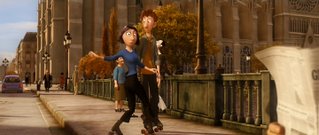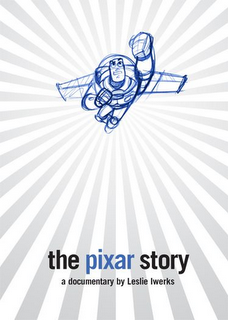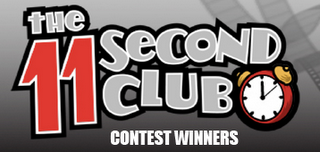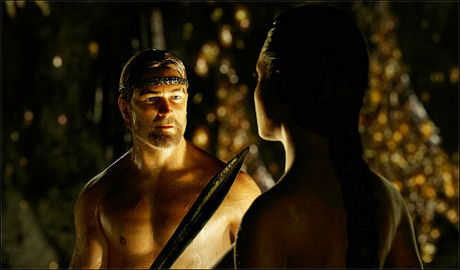
There have been a few questions about my thumbnail post below in the comments and by email, so I thought I'd elaborate some more here.
Hans Brekke asked:
On a few of the pages you mention that you used other movies for inspiration, like the shining. I thought that was very interesting and its an approach I haven't tried before. How do you make a scene, that is from another movie, relate to your scene, and what do you look for in those scenes? It would be very helpful to hear how you plan your scenes by using material from other movies.This is a good question. Let me start by saying that I'm not looking to steal someone else's performance for my scenes. Rather, I'm looking for ideas that I wouldn't have thought of on my own. I can only go so far on my imagination; pretty soon my characters will all start to move and behave like me! Therefore I find it important to look outside myself for inspiration and reference, be it in other films or in real life. When doing research for a character I try to find live actors who resemble the character somehow, in personality and/or physiology. In the case of Syndrome, Brad Bird had suggested several actors, including Jack Nicholson. Nicholson's performance in The Shining is over-the-top, perhaps even cartoony, so I thought I might find some interesting ideas in there. I was looking for poses, facial expressions, gestures, bits of timing, anything I could find to make Syndrome more creepy and threatening (and a jerk). For the scene where Syndrome says "I'll give them heroics; I'll give them the most spectacular heroics anyone's ever seen!" I drew inspiration and reference from The Shining, Paul Gleason in The Breakfast Club, Ratigan in The Great Mouse Detective, and of course, my own imagination.
Jonathan asked:
Maybe this is too in depth, but how do you decide how far to take a thumbnail? I mean, many times I have very loose thumbnails, and i wonder if it is better making them more refined. Like, even the stick figures have all of the motion etc defined and of the correct proportions for the character.The purpose of a thumbnail is just to communicate the important facts about a pose. For instance, the angle of the hips and shoulders, the curve of the spine, the placement of the feet, etc. Some rudimentary facial expressions may also be in order, depending on the shot. As long as you can clearly communicate these things to yourself (and anyone you may need to show them to) that is far enough. I think it's also important to convey the basic proportions of the character you're animating, otherwise you may draw poses that the model can't really achieve. That said, as someone who likes to draw I often find myself embellishing my thumbs with more detail than they need, just because I enjoy the process!
Jorge "Jay" Garcia asked:
Once you get your boards, how close must you follow them when planning and thumbnailing?It depends on the story boards. Sometimes they're very specific and indicate exactly what the director wants, so I try to match them as best I can. Other times the boards are loose and just suggest the main beats of the shot, so I try to make it my own. The director and I will discuss the scene before I begin planning, and he'll let me know what he expects and how closely I need to follow the boards.
